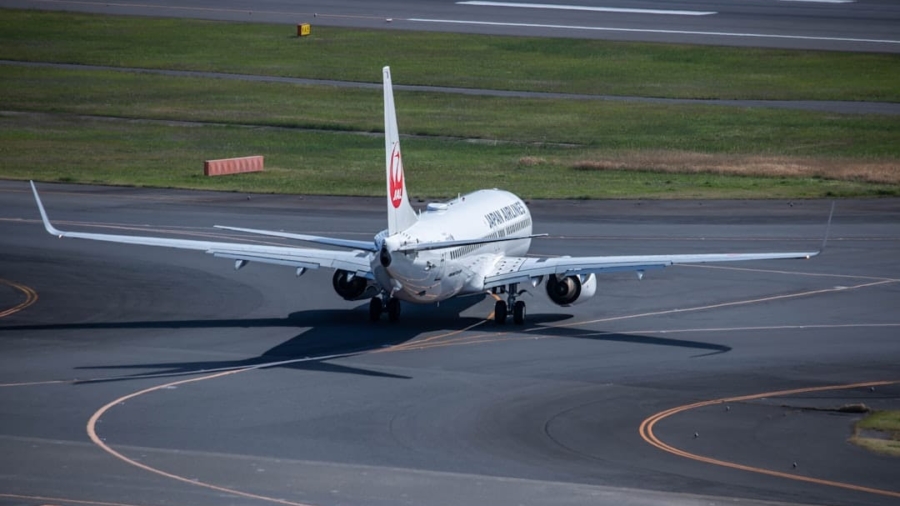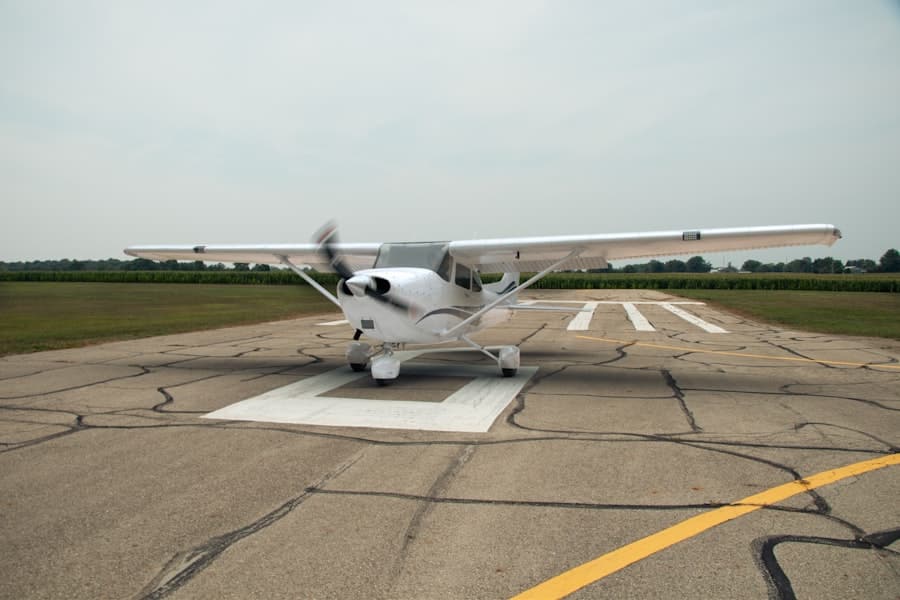The fashion industry has always been at the forefront of innovation, constantly evolving to meet the demands of consumers and the market. In recent years, augmented reality (AR) and virtual reality (VR) have emerged as transformative technologies that are reshaping how fashion brands engage with their audiences.
As brands seek to differentiate themselves in a crowded marketplace, AR and VR offer unique opportunities to create memorable interactions that resonate with consumers on a deeper level. One of the most significant drivers of AR and VR adoption in fashion is the shift towards digitalization. With the COVID-19 pandemic accelerating the move to online shopping, brands have had to rethink their strategies to maintain customer engagement.
Traditional marketing methods are no longer sufficient; consumers now expect interactive and personalized experiences. AR and VR technologies allow brands to create virtual environments where customers can explore collections, visualize products in real-time, and even participate in virtual fashion shows. This shift not only enhances the shopping experience but also fosters a sense of community among fashion enthusiasts who can connect through shared virtual experiences.
Key Takeaways
- AR and VR are revolutionizing the fashion industry by offering immersive experiences and virtual try-ons.
- Fashion shows are becoming more interactive and engaging with the use of AR and VR technology.
- Retail experiences are being enhanced through AR and VR, allowing customers to virtually try on clothing and accessories.
- AR and VR are significantly impacting consumer engagement by providing unique and personalized experiences.
- Brands are utilizing AR and VR for virtual try-ons, allowing customers to visualize how clothing and accessories will look on them.
Creating Immersive Fashion Shows with AR and VR Technology
Reinventing the Runway with AR and VR
AR and VR technology have emerged as powerful tools for reinventing fashion shows, allowing brands to create immersive experiences that captivate audiences both in-person and online. By leveraging these technologies, designers can transport viewers into fantastical worlds where their creations come to life in ways that were previously unimaginable.
Immersive Experiences that Engage
For instance, Balenciaga’s Spring 2021 collection was presented through a virtual reality experience that allowed viewers to explore a digital landscape filled with surreal elements. Attendees could navigate through this virtual environment, interacting with models and garments in real-time. This innovative approach not only showcased the collection but also engaged viewers on a sensory level, making them feel as though they were part of an exclusive event.
Amplifying the Brand’s Message
Similarly, brands like Gucci and Dior have experimented with AR-enhanced fashion shows, integrating digital elements that blend seamlessly with physical presentations. These immersive experiences not only attract attention but also generate buzz on social media platforms, amplifying the reach of the brand’s message.
Enhancing the Retail Experience with AR and VR
The retail landscape is undergoing a significant transformation as AR and VR technologies redefine how consumers interact with products. Traditional brick-and-mortar stores are increasingly incorporating these technologies to enhance the shopping experience, making it more engaging and personalized. For example, AR applications allow customers to visualize how clothing items would look on them without trying them on physically.
By using their smartphones or AR mirrors in-store, shoppers can see themselves wearing different outfits, helping them make informed purchasing decisions. Moreover, VR technology is being utilized to create fully immersive shopping environments that replicate the experience of browsing through a high-end boutique from the comfort of one’s home. Brands like Tommy Hilfiger have launched virtual stores where customers can navigate through digital aisles, interact with products, and even receive personalized recommendations based on their preferences.
This level of interactivity not only enhances customer satisfaction but also reduces return rates, as consumers are more likely to purchase items they have virtually tried on or interacted with before making a commitment.
The Impact of AR and VR on Consumer Engagement
Consumer engagement is a critical aspect of any successful marketing strategy, and AR and VR technologies are proving to be effective tools for fostering deeper connections between brands and their audiences. By creating interactive experiences that captivate consumers’ attention, brands can encourage them to spend more time exploring products and engaging with content. This increased engagement often translates into higher conversion rates and brand loyalty.
This interactive feature not only enhances the shopping experience but also encourages users to share their virtual looks on social media platforms, further amplifying brand visibility. Similarly, fashion retailers like ASOS have integrated AR features that enable customers to visualize how clothing items fit into their existing wardrobe.
By providing these engaging experiences, brands can create a sense of community among consumers who share their fashion journeys online.
How Brands are Utilizing AR and VR for Virtual Try-Ons
Virtual try-ons have become one of the most popular applications of AR technology in the fashion industry. Brands are increasingly leveraging this capability to provide customers with a more convenient and personalized shopping experience. Virtual try-on solutions allow consumers to see how clothing items or accessories would look on them without physically trying them on, thus eliminating barriers associated with size and fit.
For example, Nike has developed an AR feature within its app that allows users to visualize how sneakers will look on their feet by using their smartphone cameras. This technology not only enhances the shopping experience but also helps customers make more informed decisions about their purchases. Similarly, Warby Parker has implemented virtual try-on technology for eyewear, enabling customers to see how different frames suit their face shapes before making a purchase.
These innovations not only streamline the buying process but also reduce the likelihood of returns due to sizing issues.
The Future of Fashion Shows and Retail with AR and VR
Immersive Fashion Experiences
Imagine attending a fashion show where the runway seamlessly transforms into various digital landscapes, showcasing collections in ways that challenge traditional notions of presentation. Models would walk down a catwalk that morphs into different virtual environments, providing an unparalleled visual experience.
Redefining Retail through Hybrid Shopping Experiences
In the retail sector, we can expect to see the emergence of hybrid shopping experiences that combine the benefits of physical stores with virtual elements. Brands could create interactive showrooms where customers can engage with products through AR, while also having access to virtual stylists who provide personalized recommendations based on individual preferences.
A New Era of Personalized Shopping
This convergence of physical and digital retail could redefine how consumers shop, making it more engaging and tailored to their needs. With AR and VR technologies, customers would be able to interact with products in a more immersive and interactive way, receiving personalized recommendations and styling advice from virtual assistants.
Overcoming Challenges in Implementing AR and VR in Fashion
Despite the numerous benefits that AR and VR technologies offer to the fashion industry, there are challenges that brands must navigate when implementing these solutions. One significant hurdle is the cost associated with developing high-quality AR and VR experiences. Creating immersive content requires substantial investment in technology, software development, and design expertise.
Smaller brands may find it challenging to allocate resources for such initiatives while competing against larger players who have more substantial budgets. Additionally, there is a learning curve associated with adopting new technologies for both brands and consumers. While younger generations may be more tech-savvy and open to using AR and VR applications, older consumers may be hesitant or unfamiliar with these technologies.
Brands must invest in education and marketing efforts to ensure that their target audience understands how to use these tools effectively. Furthermore, ensuring compatibility across various devices and platforms is crucial for maximizing reach and accessibility.
The Role of AR and VR in Shaping the Future of Fashion Industry
As we look ahead, it is clear that AR and VR will play a pivotal role in shaping the future of the fashion industry. These technologies are not merely trends; they represent a fundamental shift in how brands connect with consumers and present their products. By embracing AR and VR, fashion brands can create unique experiences that resonate with audiences on an emotional level while also driving sales.
The integration of these technologies will likely lead to a more sustainable approach within the industry as well. Virtual try-ons can reduce waste associated with returns while minimizing the need for physical samples during the design process. As sustainability becomes an increasingly important consideration for consumers, brands that leverage AR and VR effectively will be well-positioned to meet these demands while also enhancing their overall brand image.
In conclusion, the rise of AR and VR in the fashion industry signifies a new era of innovation that promises to redefine consumer engagement, retail experiences, and fashion presentations. As brands continue to explore these technologies’ potential, they will undoubtedly uncover new ways to connect with audiences while navigating the challenges that come with such advancements. The future of fashion is poised for transformation as AR and VR pave the way for exciting possibilities that blend creativity with technology.
If you’re interested in exploring the latest technology trends beyond AR and VR in the fashion industry, you may want to check out this article on marketing technologies for 2023. This piece delves into the various tools and strategies that businesses are using to enhance their marketing efforts in the digital age. Just as AR and VR are revolutionizing fashion shows and retail experiences, these marketing technologies are shaping the way brands connect with consumers and drive sales.
FAQs
What is AR and VR?
AR stands for Augmented Reality, which is a technology that overlays digital information onto the real world through a device such as a smartphone or AR glasses. VR stands for Virtual Reality, which is a technology that immerses users in a completely virtual environment through a headset or goggles.
How are AR and VR being used in fashion shows?
AR and VR are being used in fashion shows to create immersive and interactive experiences for audiences. Designers are using these technologies to showcase their collections in virtual environments, allowing viewers to experience the clothing in a more dynamic and engaging way.
How are AR and VR being used in retail experiences?
In retail, AR and VR are being used to enhance the shopping experience for customers. Retailers are using AR to allow customers to virtually try on clothing and accessories, while VR is being used to create virtual stores and showrooms, providing a more immersive and personalized shopping experience.
What are the benefits of using AR and VR in fashion shows and retail experiences?
The use of AR and VR in fashion shows and retail experiences allows for greater creativity and innovation in presenting and experiencing fashion. These technologies also provide a more interactive and engaging experience for audiences, as well as a more personalized and convenient shopping experience for customers.



